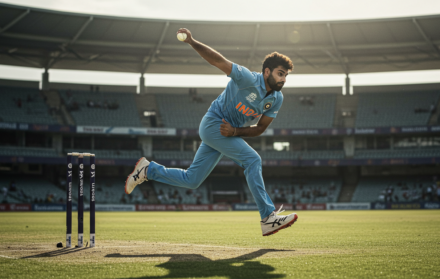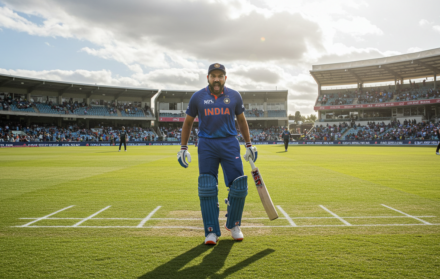How to Read a Cricket Scorecard Like a Pro
If you’ve ever looked at a cricket scorecard and felt completely lost, you’re not alone. At first glance, it seems like an overwhelming set of numbers and abbreviations. But once you know how to read a cricket scorecard, everything changes. What looks like a cold grid of stats becomes a rich, layered story — full of momentum swings, tactical decisions, and turning points you’d never notice in the highlight reel.
Learning how to read a cricket scorecard properly gives you an edge — not just as a fan, but as someone who can understand the game beneath the surface. It reveals more than just who won or lost. It shows why they won. This guide breaks the scorecard down into parts, helping you read it like a seasoned pro — from the batting section and fall of wickets to the nuances hidden in bowling figures and extras.
Let’s start where every innings begins: the batting card. But instead of just spotting the top scorer, we’ll look at what the numbers are really telling you.
The Batting Card Is a Timeline in Disguise
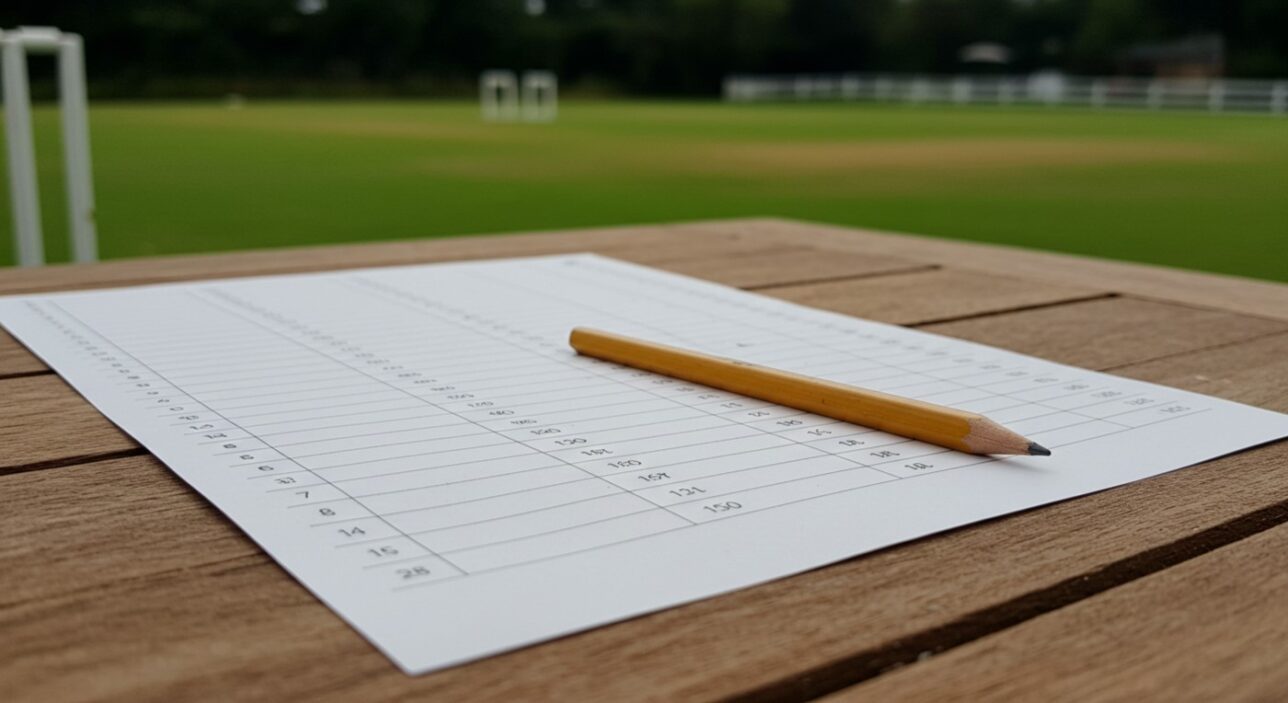
Most people use the batting card like a scoreboard. Who scored what, who got out, and maybe a glance at strike rates. But for someone who knows how to read a cricket scorecard properly, this section tells the story of the entire innings — the ebb and flow, the collapses, the counterattacks, and the moments where matches are won or lost without fanfare.
Start with the basic columns: runs, balls faced, boundaries, and strike rate. Now stop looking at them in isolation. A 45 off 70 balls might be slow — or it might have come when the team was 20 for 3 and needed stability. A 15 off 8 balls looks insignificant until you realise it came at the death and pushed the total above par. Context transforms stats into insight.
Now look at the sequence of dismissals. If the number four is in by the 5th over, the top order collapsed. If the number seven doesn’t show up until the 48th, someone played a long, anchoring knock. The batting order, combined with overs at which wickets fell, lets you piece together the tempo of the innings — when pressure mounted, and when it was relieved.
Even the manner of dismissal tells its own tale. “c deep midwicket b Rashid” is a batter losing patience. “b Boult” is swing at work. “run out” after a partnership signals panic, or a desperate sprint during a tight chase. Read the names, yes, but also the punctuation around them. They whisper about pressure and intent.
And don’t ignore the extras. If a team gets 24 extras, you need to ask: was that poor discipline from the bowling side, or did the pitch make keeping difficult? Were wides leaking in the Powerplay? Were no-balls gifting free hits? Extras are free runs, but they’re also red flags.
Then there’s the “Fall of Wickets” line — the most skipped yet most crucial piece of the batting card. If you see 1–22, 2–56, 3–59, 4–62, you know it wasn’t a steady innings — it was a house of cards collapsing in real time. On the other hand, a single long partnership standing between two clumps of wickets might have saved the match.
Reading a batting card isn’t about numbers. It’s about narrative. If you want to understand how to read a cricket scorecard like a pro, the key is to stop reading the lines like statistics — and start reading them like chapters.
The Bowling Card Reveals Who Really Controlled the Game
While most fans obsess over who scored runs, those who truly know how to read a cricket scorecard always scan the bowling figures. Why? Because the bowling card shows you where the game was shaped. The wickets, the dot balls, the chokeholds — they’re all here, hiding behind the economy rates and dismissal methods.
At first glance, it’s tempting to fixate on the wicket column. But that’s only part of the story. Take two bowlers: one with 3 wickets for 48, and one with 0 for 19. The first may have cleaned up the tail after the damage was done. The second? He may have bowled a miserly four-over spell in the Powerplay that forced the batters into errors at the other end. One stat shines; the other wins matches.
This is where economy rate matters. A bowler going at 4.2 an over in the middle overs is applying pressure that rarely gets praise but often causes the collapse. Dot balls are another crucial clue. The higher the dot count, the more frustrated the batter. And frustrated batters take risks.
You also need to pay attention to when a bowler was used. Opening the bowling? Trusted. Bowling the 19th in a T20? Under pressure. Bowling three in a row mid-innings on a turning pitch? That’s a captain locking in on control. These usage patterns are tactical fingerprints.
And of course, look at the extras here too. A spell with 4 wides and a no-ball might look fine on the surface — but that’s an entire over’s worth of free deliveries in a T20. That’s how tight matches are lost.
To help make sense of the key bowling indicators, here’s a quick example from a real T20 match. The table below compares four bowlers from one innings — showing why wickets alone don’t define impact.
Key Bowling Contributions from a T20 Innings
| Bowler | Overs | Runs | Wickets | Economy | Dot Balls | Extras | Key Insight |
|---|---|---|---|---|---|---|---|
| Jasprit Bumrah | 4 | 22 | 1 | 5.5 | 14 | 0 | Choked runs in the Powerplay |
| Arshdeep Singh | 4 | 41 | 2 | 10.25 | 8 | 3 | Took wickets but leaked at the death |
| Yuzvendra Chahal | 4 | 27 | 1 | 6.75 | 12 | 0 | Controlled the middle overs |
| Hardik Pandya | 2 | 28 | 0 | 14.00 | 3 | 2 | Attacked, but punished |
This table tells you everything: who held the innings, who took wickets under pressure, and who might’ve done more harm than good. And it proves the point — if you’re trying to understand how to read a cricket scorecard properly, you can’t afford to skim this section.
What looks like a quiet spell on paper might have been the turning point. And what looks like a match-winning three-for might have come when the game was already gone.
Extras Aren’t Minor — They’re the Tension Leaks
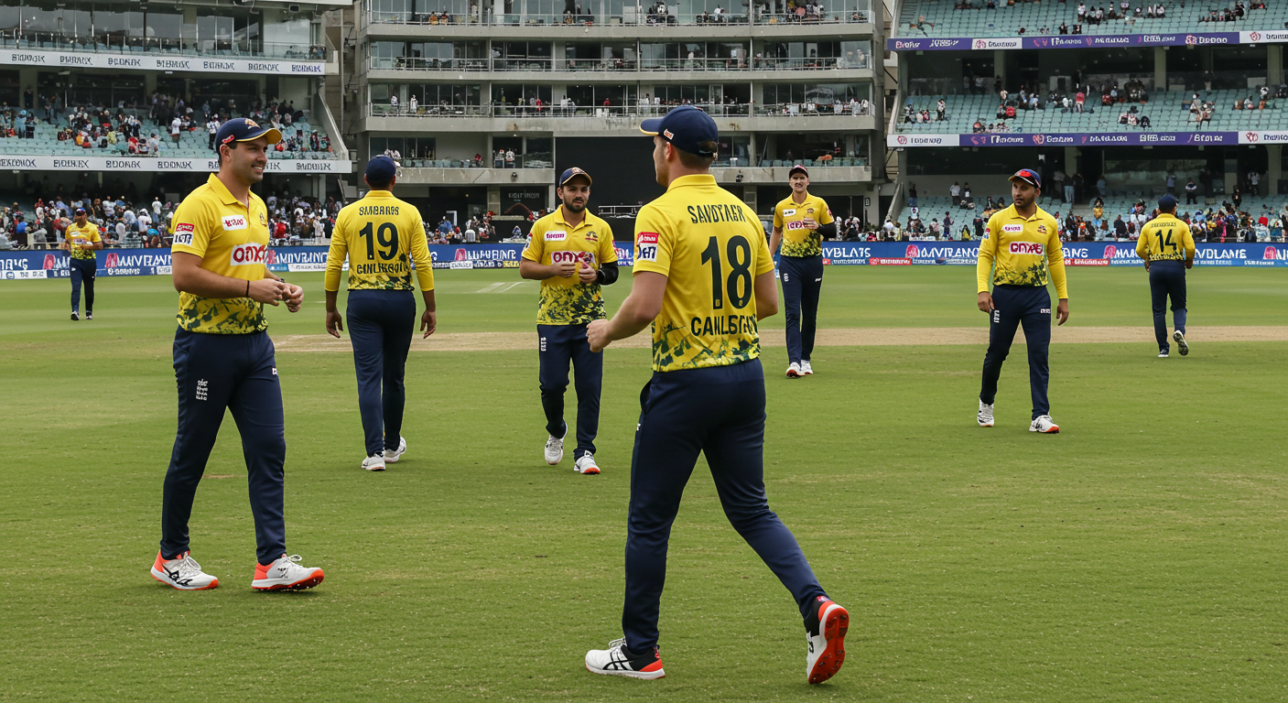
Most casual readers skip the extras section like it’s a footnote. But if you’re serious about learning how to read a cricket scorecard, you know that extras are a warning flare — a subtle sign of how much control the bowling side actually had.
Look at the number. Ten extras in a T20? Fair enough. Twenty-four in an ODI? That’s nearly four extra overs gifted away. It’s not just about the number — it’s the type. A pile of wides in the Powerplay? The bowlers were either wayward or the batters were forcing angles. Several no-balls in the death overs? That’s not just ill-discipline — it’s momentum handed over on a platter. And don’t underestimate the psychological shift caused by a free hit when the batter is already settled.
Even byes and leg byes tell you something. They often point to variable bounce or a wicketkeeper under pressure. In some cases, they signal that the bowling was so sharp, even the keeper couldn’t handle it — but more often, they reveal looseness in the fielding unit.
So yes, extras are “extra” runs. But more importantly, they’re indicators of pressure. When a side concedes 20+ extras, they weren’t just outplayed — they lost their shape.
Fielding and Flow: Finding the Match Narrative
Fielding doesn’t get much real estate on a scorecard, but if you pay attention to the cues that are there, you can piece together a lot. Run-outs are especially telling. One can be bad luck. Two suggest panic. Three? That’s either sublime fielding or a batting side crumbling under pressure.
Catches, too, hint at tactics. If you see multiple dismissals listed as “c deep midwicket,” it’s not just poor shot selection — it means the fielding side set the trap, and it worked. “c slip” dismissals point to seam movement early on. “c & b” tells you the batter misjudged the pace or was rushed.
Now track the rhythm of the innings using the fall of wickets line. This is where you see momentum shifts in real time. A scorecard that reads 1–22, 2–48, 3–49, 4–52 is telling you a collapse happened right there. On the other hand, a 100-run stand between the third and fourth wickets shows resilience — maybe even match-defining patience.
Look across the innings and compare runs scored every 5–10 overs. Was there a middle-overs lull? Did the scoring spike between overs 16–20? You can often reconstruct an entire innings just by watching how the runs built — or didn’t.
Understanding how to read a cricket scorecard isn’t about spotting obvious highs. It’s about reading the moments when a team either stayed in the fight or let it slip away — the pauses between boundaries, the wasted overs, the subtle power shifts.
Piecing It All Together: How the Scorecard Tells the Whole Story

Once you’ve studied the batting card, the bowling figures, the extras, and the fall of wickets, the final skill is connecting the dots. That’s where the scorecard shifts from a list of numbers into a full post-match analysis. It’s one thing to know who made 70 or took three wickets. It’s another to understand how and when those contributions mattered.
Start by mapping cause and effect. Did a bowler take two wickets in the same over? That might be when the pressure broke. Did a batter score slowly but survive while partners fell? Maybe they steadied the innings. Always ask how one event created the next. A collapse in the middle overs? Look for a change in bowling. A flurry of boundaries after a wicket? Maybe the new batter counterattacked. These aren’t stats — they’re moments that shaped the game.
Then factor in timing. Was a key spell bowled during the Powerplay, or in the 18th over? Did a batter accelerate after reaching 30? The when matters as much as the what. T20s especially hinge on short bursts — one over too expensive, one over too tight — and it all turns. ODIs, with their longer arc, need shifts in gears. A well-read scorecard shows you who adapted and who didn’t.
Don’t ignore the score progression. Look at the pace of the innings — whether it was built steadily, lost in bursts, or never got going. The rhythm tells you whether the team’s plan worked or unravelled.
The Pro’s Advantage: Seeing What Others Miss
Most people read a cricket scorecard the way they check the weather — functional, forgettable, and far too casually. But to someone who knows the patterns, every section is alive. The batting scores show decision-making under pressure. The bowling returns reveal strategy and control. The extras speak to nerves. And the fall of wickets tells you exactly where the game turned.
When you understand how to read a cricket scorecard like a pro, you start to enjoy the game on a deeper level. Not just what happened, but why. Not just who won, but where the battle was decided. It sharpens your eye as a fan and gives you a tactical edge. More importantly, it transforms every post-match summary into a rich, readable story.
So next time you’re handed a bland match summary or a “Team A beat Team B by 17 runs,” smile quietly. Because you know the scorecard doesn’t just say what happened — it shows you how.
Conclusion: Why Learning How to Read a Cricket Scorecard Matters
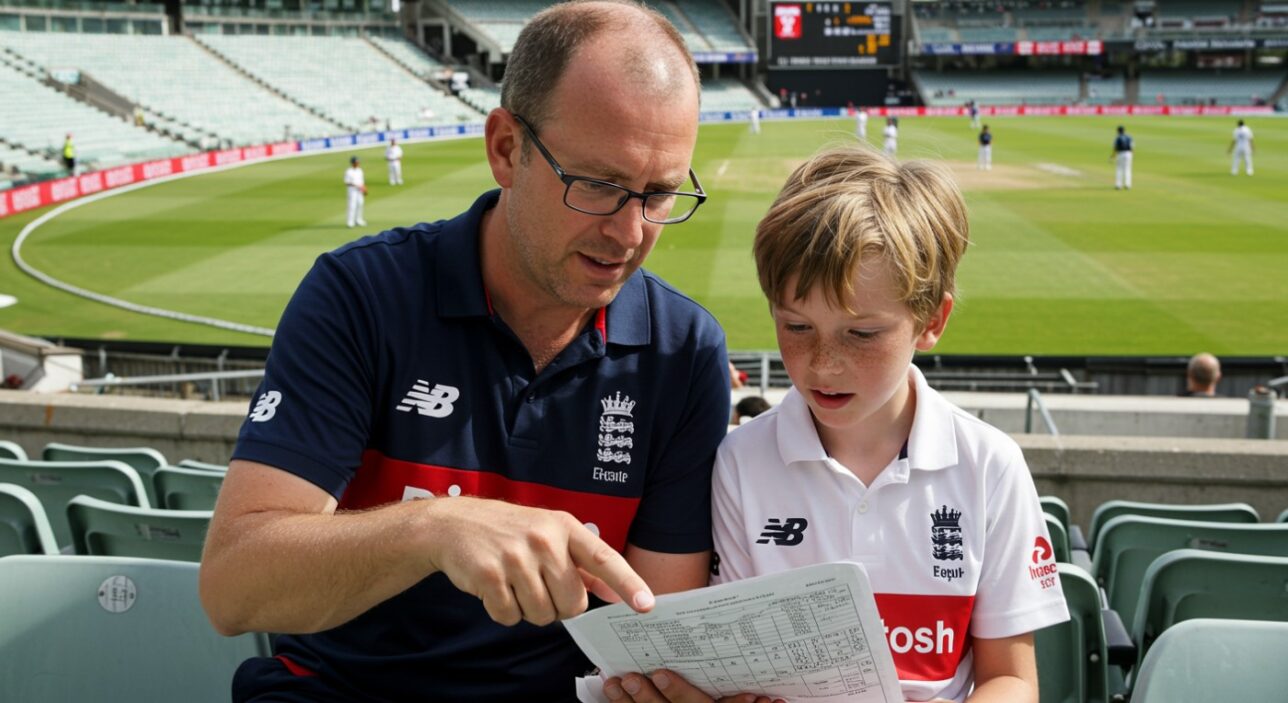
Understanding how to read a cricket scorecard isn’t just a quirky skill for die-hard fans — it’s a gateway into the heart of the game. While casual observers might skim over the numbers, a well-read scorecard reveals the full rhythm of the match: collapses disguised as recoveries, bowling spells that shifted momentum, and partnerships that quietly built the foundation for victory.
When you know how to read a cricket scorecard like a pro, you see beyond runs and wickets. You recognise the pressure points, the tactical moves, the signs of mental resilience or complete chaos. It sharpens your appreciation not just for big scores, but for the small moments — the dot-ball pressure, the clever fielding setup, the turning point buried between overs.
Whether you’re following a match in real time, reading a recap, or analysing a series, this skill gives you clarity. It lets you talk about the game with precision, insight, and nuance. More than anything, it helps you enjoy cricket on a deeper level — not as a set of statistics, but as a story unfolding one ball at a time.
So next time you see a scorecard, don’t just glance. Read it. Really read it.
